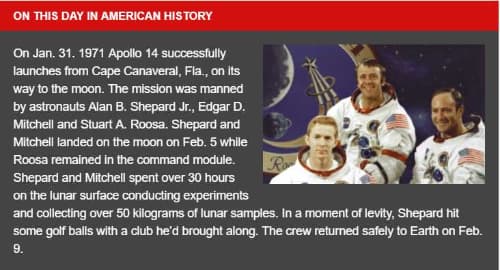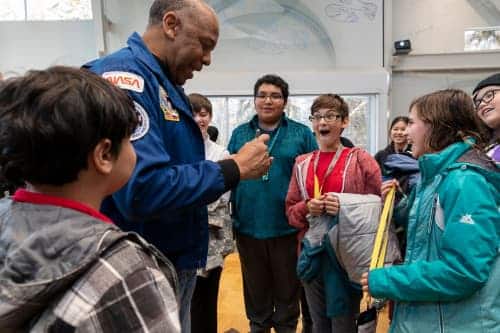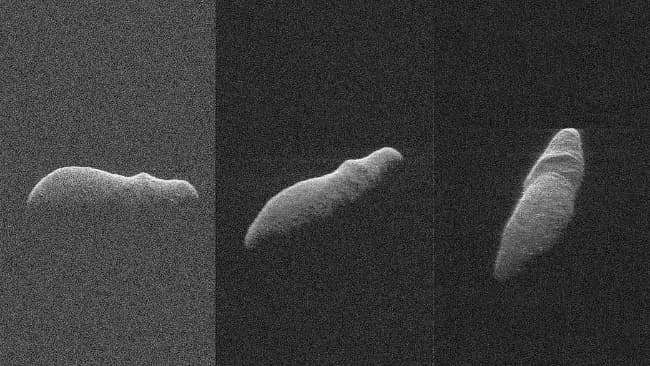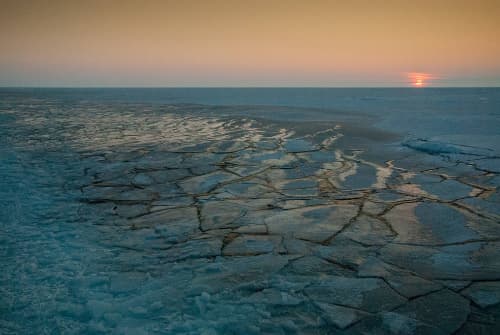January 31st, 1971



Over 40 middle school students from Southeast join in Celebration as part of ANSEP Middle School Academy Anchorage, ALASKA – Friday the Alaska Native Science and Engineering Program celebrated its 24th year by welcoming students, alumni, their families, strategic partners, faculty and staff to its annual Celebration event, which commemorates students’ successes and looks […]

The December 2018 close approach by the large, near-Earth asteroid 2003 SD220 has provided astronomers an outstanding opportunity to obtain detailed radar images of the surface and shape of the object and to improve the understanding of its orbit. The asteroid will fly safely past Earth on Saturday, Dec. 22, at a distance of about […]

New NASA research has found that increases in the rate at which Arctic sea ice grows in the winter may have partially slowed down the decline of the Arctic sea ice cover. As temperatures in the Arctic have warmed at double the pace of the rest of the planet, the expanse of frozen seawater that […]